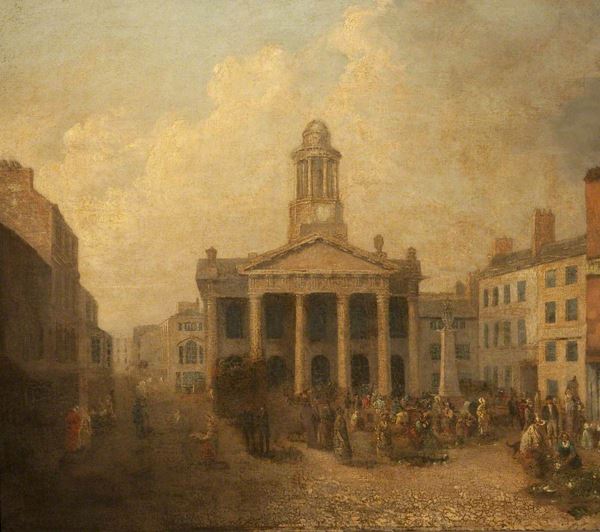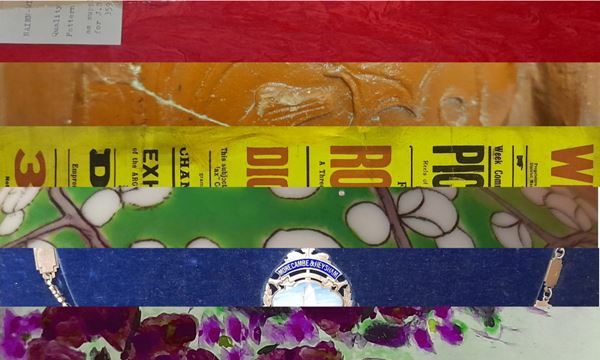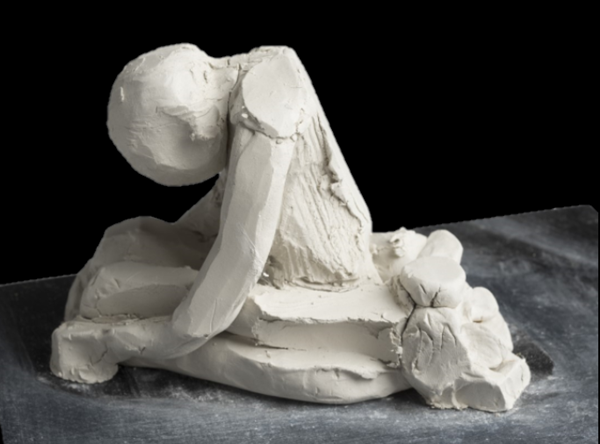Collection FAQs
On 5 November 1923 Lancaster City Museum opened to great acclaim.

Housed in the old Council Chamber of the previous Town Hall, the museum was described by the local paper as an ‘Interesting Collection of Relics’. Although Lancaster was fairly late in opening a museum, the museum collection had been developing since the 1850s. Starting as a museum for the local Literary and Natural History Society, by 1859 it had transferred to the Lancaster Mechanics Institute. The collection then moved with the Mechanics Institute (the forerunner of Lancaster & Morecambe College) to the Storey. From the Storey much of it then came to the newly opened City museum in 1923. The Cottage Museum was added in 1975, and the Maritime Museum a decade later - giving us much more space to store and display our ever-expanding collection.
Recently we've celebrated the centenary of the collection. Visit the museums or explore our website to discover the items that members of the public have chosen to speak about in our podcast series: key objects that demonstrate the breadth and depth of the collection owned by the people of Lancaster. Some of the objects that you can see today were on display 100 years ago as the museum opened. The large Roman milestone at the City Museum and the model of the brig Thetis at the Maritime Museum even made it into that first newspaper report.
We have only a small team whose job it is to take care of more than 50,000 objects. This includes research, small conservation projects, pest management, and recording each and every object. They also decide what is exhibited and how best to display it. It is important that visitors can enjoy engaging with objects and even better when they want to learn more.
Watch our short video to find out more about our work behind the scenes - Store Stories.
Space in our stores is limited, so we have to be selective when accepting new items into the museums. To become a part of our collection, an object needs to tell a story about our local area or community. We’re particularly interested in improving the representation of some of the Lesser Heard Voices in our collection.

We sometimes buy objects, either at auction or in other ways. Often people bequeath items to the museums in their wills. But most of our collection is simply donated by local people. Click here to find out how to do this!
From an initial enquiry by a potential donor to the object being accessioned, catalogued and potentially displayed, there are a number of due diligence processes, checks and balances that the museum collection team need to do to make sure that the object:
- fits in with our Collections Development Policy (PDF, 365KB)
- will not cost the museum service too much to restore and care for
- is not likely to present a threat to other objects within the collection (pests or contamination)
- is adequately recorded to ensure that the provenance and local context of the object is correct
- finally gets carefully and properly wrapped, labelled, and stored in the right environment to prevent damage.
Our Acquisitions Board meets once a month to discuss objects that have been offered to us as donations, or anything we might consider buying.
Museum collections are not an exact reflection of the history of an area. Depending on when and how objects are donated and collected some voices are heard more strongly through the collection than others, and some people are barely reflected at all. A medal awarded to a suffragette, a bone carved by a prisoner of war, and a postcard showing working people marching for their rights let us get a rare view of some of these lesser-heard voices.
Museum collections are not just created by our predecessors. We have a responsibility to keep up the momentum of collecting that they started years ago but with an emphasis on representing our changing and diversifying community and recording moments in the area’s history. Imagine if no one recorded the Coronavirus pandemic, Brexit, the Black Lives Matter protests, or the many other extraordinary events we have all experienced in our shared history.
The news does not just happen on the TV; it is all around us. It is often the voices of the majority that remain unheard throughout history, and we have a duty to change that.
Over the next few years, we would like to focus on developing our collection to better represent two currently extremely under-represented, yet powerful sociological areas:
LGBT+

This flag is made up of objects from our collections including red linoleum from Williamsons, orange Roman samian ware from local excavations, a yellow poster advertising entertainments at Morecambe Winter Gardens, green Chinese ceramics, a blue medallion from the Morecambe and Heysham Master Builders’ Association and purple flowers from a Christmas card posted in 1907.
We have thousands of stories in our collections and would love to add more LGBT+ voices to reflect a wider history of Lancaster and Morecambe. If you have any objects relating to LGBT+ life that you might like to donate, whether they’re from 1804 or 2024, we would love to hear from you. Click here to find out how to donate an object to the museums.
We'd also love to hear any comments on what we can do to make our museums more welcoming spaces for everyone.
Cultural Diversity

This poignant and beautiful object is a maquette for the Captured Africans memorial on Lancaster’s St. George’s Quay, by Black artist Kevin Dalton-Johnson. The memorial was the first in Britain to acknowledge the country’s role in the Transatlantic Slave Trade.
The Lancaster district has a vibrant and multicultural society, which makes it such a great place to live, visit and work. Our collection does not currently represent that diversity and we really want to add more objects and stories to our collection from first, second and future generations of Lancaster’s globally reflective community.
If you have any objects that tell a story and might be valued by our descendants, and you would like to donate them to our collection - or if you would like to enable us to record and document a personal story - we would love to hear from you. Click here to find out how to donate an object to the museums.
We'd also love to hear any comments on what we can do to make our museums more welcoming spaces for everyone.
Museum Accreditation tells everyone involved with a museum that they’re doing the right things to help people to engage with collections and protect them for the future. The Museum Accreditation scheme does this by making sure museums manage their collections properly, engage with visitors, and are governed appropriately. In order to ensure that people’s confidence is strengthened in how museums manage collections in trust for society and public resources, and to reinforce a shared, ethical way of doing things for everyone involved in running a museum, the scheme encourages all museums and galleries to meet an agreed standard in:
- How they’re run
- How they manage their collections
- How they engage with their users
You can find out more about accreditation on the Collections Trust Website.


